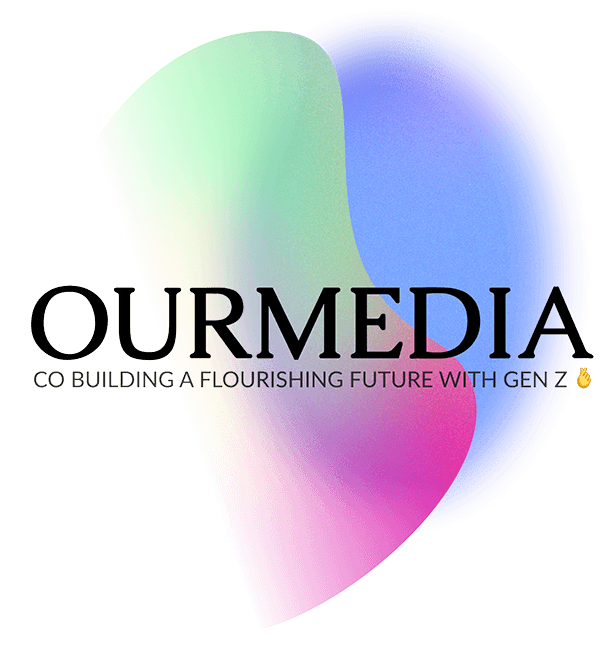Story Written By: Loreta Tarozaite
The title is a quote by Kendall Haven that I heard at the Digital Story Association’s (DSA) inaugural conference April 8th, 2016. Kendall is the author of 34 books in which he writes about research on the power of storytelling. He went along saying that it depends how we personally interpret the stories we hear because we associate them with our personal experiences at the moment we hear the story. Cannot agree more with that. If we all read the same article, or a book, or watched the same movie or a video online, we’ll all come out with different takeaways, different favorite characters, different understanding of the same story. You can hear a short sound bite from Kendall in the video on the bottom of this post.
The participants with backgrounds ranging from former engineers to producers and film makers, from communication managers to attorneys discussed digital storytelling gold standards and how we should find the connection with the audience when we are overcrowded with information. For me personally, human side of things and emotional connection with the audience globally are one of the strongest requirements for brand/business/people storytelling.
So what is a digital story? Does it have to have a linear way of telling it: beginning, middle, and ending? Can we disrupt this path in order to grasp somebody’s attention? How come that we are constantly saying that online videos/stories need to be as short as possible to deal with the attention span, but yet the same audience has no problem watching 2 hour long movies? Are we training our audiences to have shorter attention spans? Great point on that was made by Kendall that I never thought about.
According to recent (and yet unpublished) research at Stanford University screen switching (PAUSING) amongst college students, even when on task, occurs more than once a minute on average. Martha Russell, Executive Director, MediaX, Stanford, pointed that maybe we, as storytellers and video producers, need to figure out how to accommodate those PAUSE moments in digital storytelling, through the way we engage a viewer/reader. Interesting and logical idea, isn’t it?
In his keynote presentation Jeff Clark, founder of Videobot and long- time storyteller addressed issues such as production value of the story. It is not enough just to take out a mobile device, shoot a video and post it on social media platforms. Although that is exactly what I did at the end of the event :) , but I have scaled down visual quality requirements for my posts since I am not carrying a camera with me the whole time and I am a journalist by nature – I need to report on what I heard or learned :).
Jeff talked about what makes the story good. And it’s all the elements together:
- Mood and emotion build up
- Choice of color tone
- Sound design
- B-roll
- Lighting
Sigur Ros band videos (referenced by Jeff) seem to be very powerful and have all the elements that he mentioned and definitely takes the viewer through the journey.
A lot of discussions happened around what a digital story is in general. Is it the just the platforms we use to distribute content? Is it online video? Is a newspaper that is layered with additional information upon the click and takes the reader through informative elements of the story?
The goal of this DSA is to help identify all of it and be a guiding force in Silicon Valley, leading the way to how we will be telling stories in 2020. Seems that a lot of people resonated with the thought that sometimes the digital distribution platforms (YouTube, Instagram, Facebook, and others) have diluted the ability to find good stories and have paved the way to self-promotion and vanity.
As Dave Toole, one of the co-founders of the Association noted, we have a great opportunity to help shift the gears and improve the way we tell the stories so that we don’t use the platforms for the wrong reasons, but rather make an imprint in the history for the generations to refer back to and learn what Silicon Valley was about through content that is rich, educational and human. I definitely look forward to those discussions in the near future.
Below is a short video interview with Jeff, Kendall, and David about storytelling in the digital world. Enjoy and please share. Let’s make your story happen!



